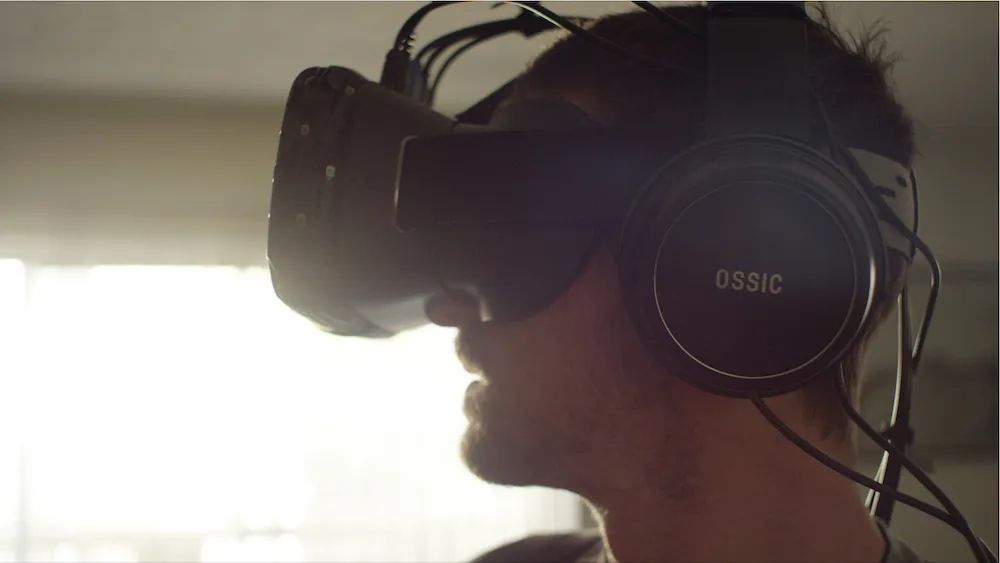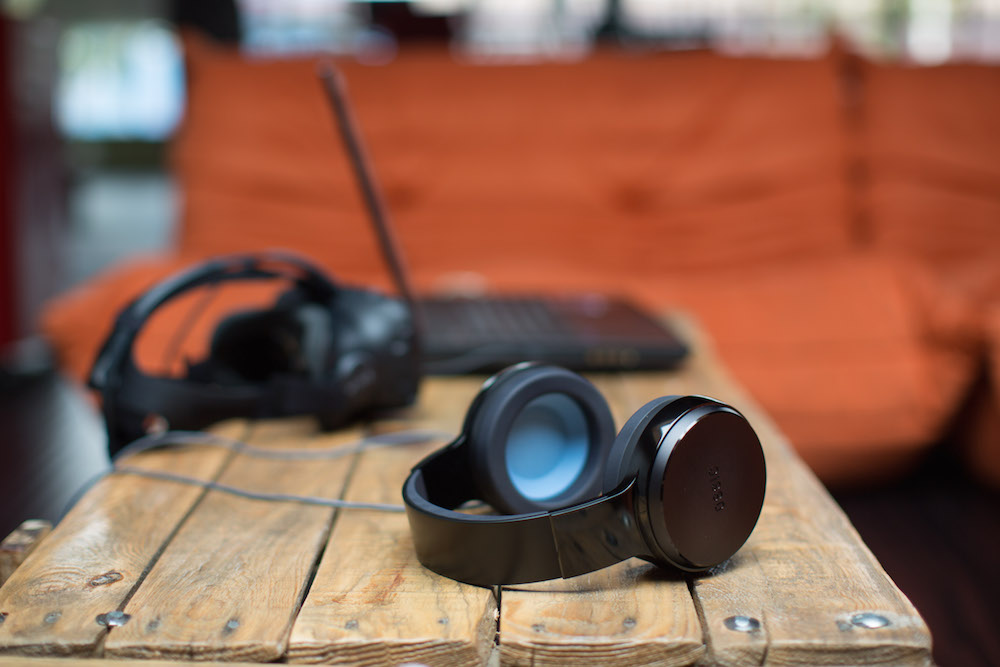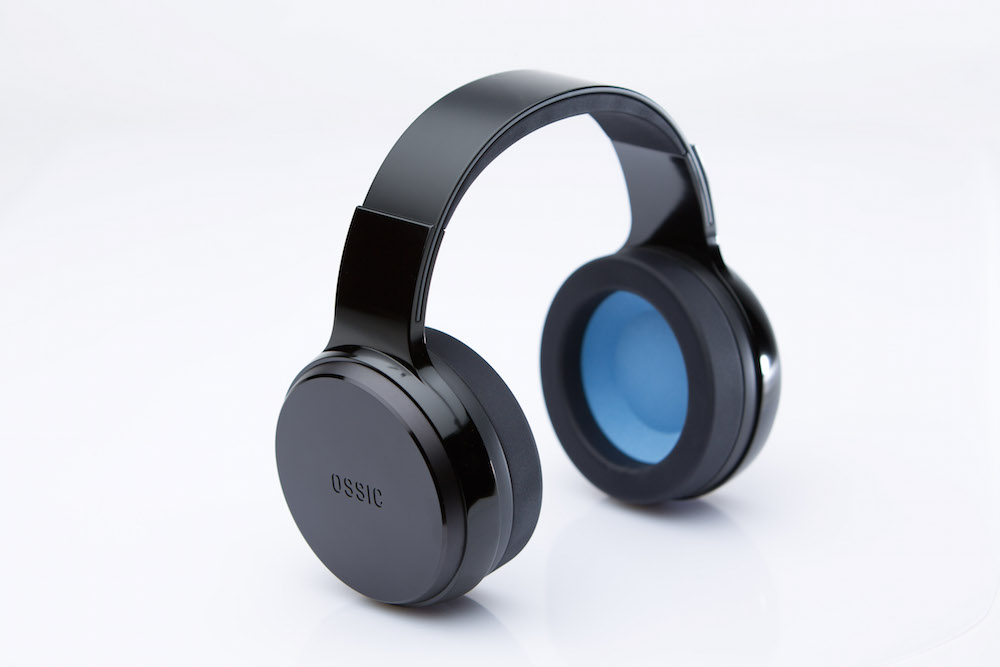OSSIC is a startup audio company founded by four Logitech alums who are all captivated with solving the same problem: how do you spatialize sound as accurately as possible in headphones? This team’s solution to that problem is the OSSIC X: a pair of immersive 3D audio headphones that utilize head-mapping and tracking technology to create sounds that interact as naturally as possible with your individual anatomy. The OSSIC X launched its $100,000 Kickstarter campaign today and was completely funded in only 2.5 hours.
https://www.youtube.com/watch?v=MKHGxVG_7W8
The full retail price of the headphones is $399. However, a donation of $199 to the Kickstarter will put you into the “Super Early Bird” category. In this category, you will receive your headphones for the price of your donation which is around a 50 percent discount on the device. That’s a steep price, but I had the chance to try OSSIC’s unique pair of headphones at an event the company was hosting in San Francisco and I have to say $199 sounds like a bargain to me.
I’m sitting on a couch with a bulky OSSIC prototype enveloping my ears. The company representative hits play and Pink Floyd’s “Money” fills the room. I say “fills the room” because that is the only way I can think to describe the sounds I am hearing. The music does not seem to be coming from either the left of right headphone sitting on my head. It honestly sounds like the band was right in front of me playing the song live.
I could have told you exactly where the drum kit was in the room, where the singer was singing, and how far apart he guitarist seemed from the bass player. When I turned my head the sound changed. The music seemed to remain in front of me no matter what. If I turned my head to the right, then the music was far clearer in my right ear then my left. If I turned around altogether I had the sensation of being incredibly rude to the talented musicians that were obviously just behind me.
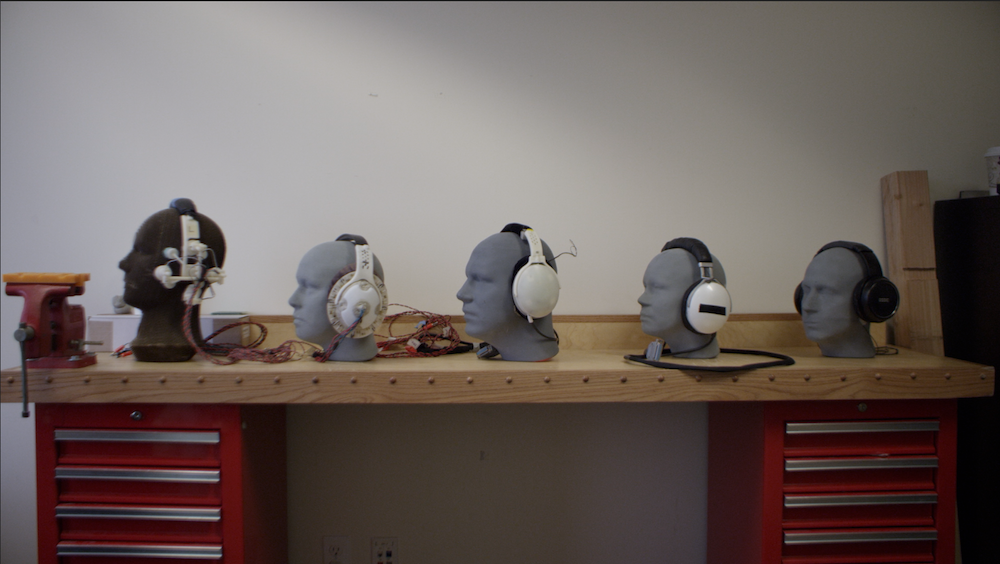
The secrets of this technology were explained to me after my demo by OSSIC’s CTO Joy Lyons. Lyons has been working to master commercial audio for her entire career, and the OSSIC X is her masterpiece. These headphones, according to Lyons, are not attempting to simply relay traditional two-channel stereo sound, or replicate a 5.1 or 11.1 surround sound system, they are actually replicating the way sound interacts with each listener’s individual anatomy.
This may sound a bit too good to be true but Lyon’s explanation of the science behind this process makes it all sound perfectly possible:
“If you think about sound in real life, say someone singing in front of us, that sound will leave that person bounce around the environment and create what’s called a sound field. This field interacts with your body as well as the enviornment. If its closer than your right ear it will be closer and louder and so on…The way we hear sounds is effected greatly by the shape and structures of our heads and ears. Headphones have cut off spacial awareness and they don’t take the anatomy of your head into account or allow your head to move relative to the source.”
Lyons explains to me that the actual mechanics of the headphone combine some pretty intricate hardware with OSSIC’s proprietary sound algorithm to create audio that specifically and uniquely interacts with the structure and position of your head:
“Within the device, we have a sensor that measures your head and works that information into our algorithm. There is also a head tracker that searches for exactly where you are looking. Each headphone has 4 drivers per side that take all of that information and beam the sound around your ear.”
The four headphone drivers work with the information from the algorithm to actually “steer” the audio so that it is able to more accurately mimic the way sounds flow around the shape of your ear and bounce across the acoustics of your head, according to Lyons. This is the reason I could have sworn Pink Floyd was actually in the room during my demo, and it is the only way I ever want to hear them play again.
OSSIC’s technology could very well be a game-changing addition to the audio industry, but according to the company’s CEO Jason Riggs the most important industry for them to break into right now is VR:
“Our Tip of the spear is definitely VR because you need to create another environment… You need define that sense of auditory space. You have to allow users to close their eyes but still know what kind of space they are in. You have to transport them.”
The system’s power for VR was made known to me during the second part of my demo. This phase put me into an HTC Vive experience that was created by Valve called Mystery Shop (spoilers ahead for this experience). During the experience, I was exploring a small shop filled with characters from DOTA 2. As I explore, I interact with different touch points that shrink me down and allow me to get into every nook and cranny of the shop. Every touch point triggers an event, like a haunted book attacking me, or a lizard flinging its tounge my way, and most of these happened outside of my view. What told me I should be moving move, and more importantly, where I should move to, was the sound.
This demo was running on standard headphones, but using OSSIC’s audio algorithm. Through this technology I was able to determine exactly where an event such as a giant dragon breaking through the ceiling, or a bat swooping behind my head, was happening in the virtual space. It was amazingly powerful for immersion, and this was without the added head mapping and tracking of the actual OSSIC X device.
OSSIC wants to bring their immersive sound to VR for as many people as possible and so, according to rigs, they are experimenting with releasing an API for developers to use that will enable the OSSIC algorithm to run on any experience. The goal of this is direct game engine integration and Riggs did say that OSSIC is working with Unity to create a plugin and that they are also exploring open-source support for the system.
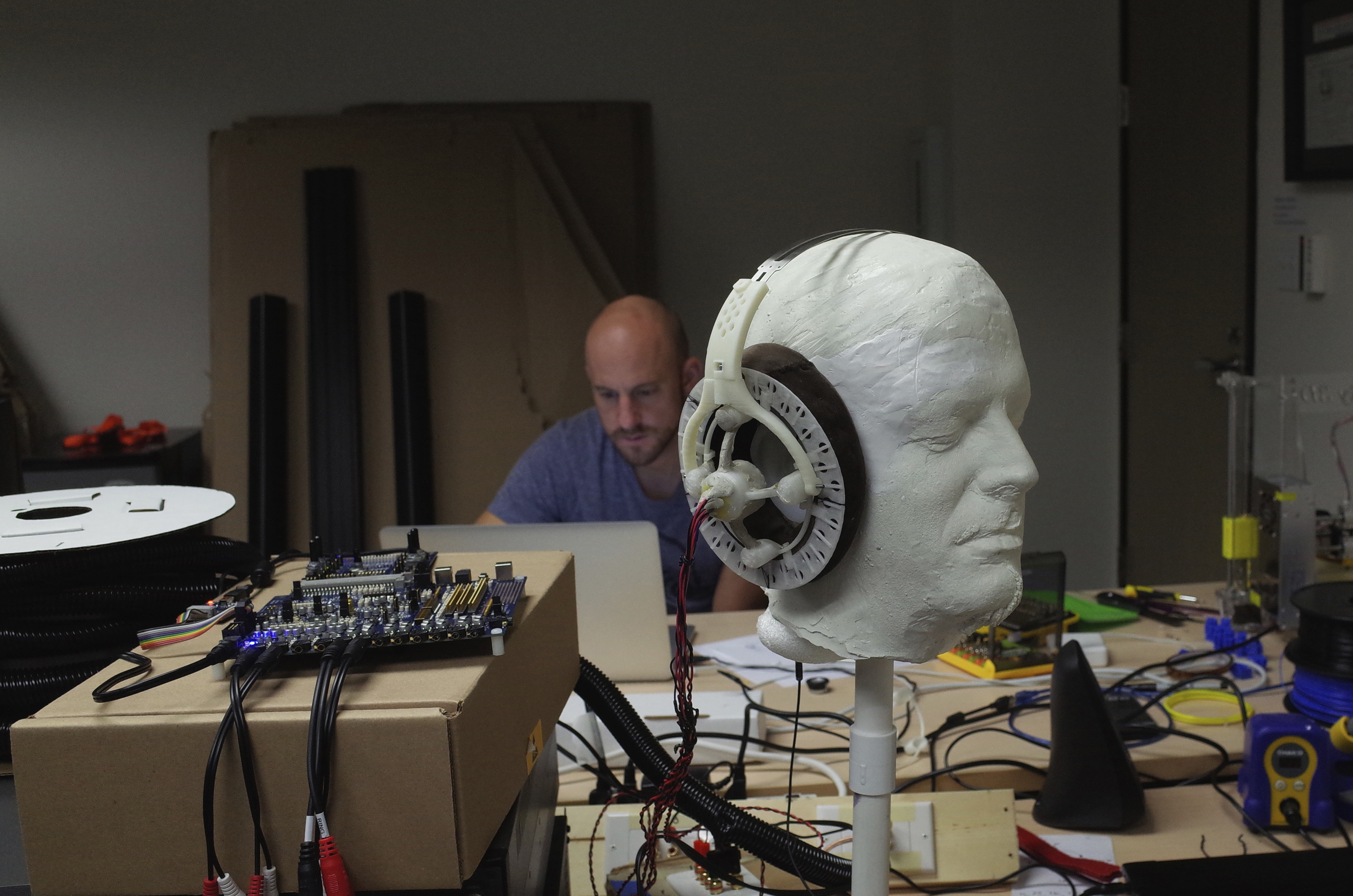
“The bottom line is that if you’re buying an Oculus or a Vive, you should want this. If you’re buying a PC or are a competitive gamer, you should want this. If you want to have the ultimate home theater experience but you live in a small apartment, you should want this. And if you want to have the experience of the artist is in the room,” said Riggs.
OSSIC is anticipating an initial launch of 1,000 OSSIC X units and, according to Riggs, he hopes to have the first shipments rolling out in November. The company is currently concluding an initial angel round of investment that will be closing in the next few weeks. The Kickstarter is open for 57 more days and at the time of writing has raised over $250,000.

